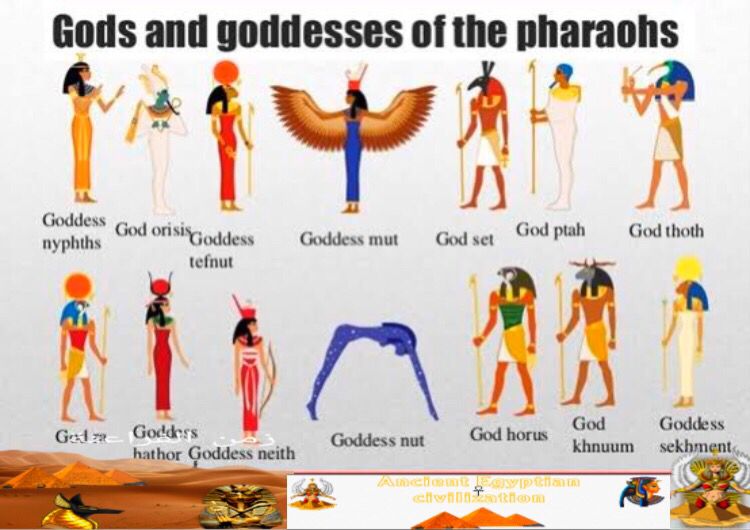Ancient Egyptian writing
Start and discovery of ancient Egyptian writings
- The ancient Egyptian man began his life in prehistoric times, with two stages of civilization, namely collecting food and producing food. In the first stage, he lived his life moving from one place to another looking for food and shelter for him at a time when he did not have clothes to cover his private parts and protect himself from heat and cold. The second stage, which is the stage of food production, it began in the life of the ancient Egyptian with the domestication of animals, the knowledge of kindling fire, and the knowledge of agriculture, which led to stability.
- The discovery of agriculture was the actual settlement of the ancient Egyptians, who were associated with the Nile flood, the agricultural cycle, sowing seeds, and harvesting. From here, he established a home for himself close to his cultivation, made linen clothes for himself, formed a family for himself, and the ancient Egyptians moved from the stage of collecting food to the stage of thinking about the creation of the universe and what is going on. So he began to think about the cosmic forces surrounding him, and he noticed the sunrise and sunset every day, and the appearance of the moon, its brightness and then its disappearance, and that the plant grows and then is harvested and then grows again, and he noticed the flood of the Nile after it decreases and the water dries up.
- All these observations suggested to the ancient Egyptian a life after death (the doctrine of resurrection and immortality).
- In light of this stability, the ancient Egyptian began to move towards art, so he began to form clay statues of creatures that he saw in nature daily in his cultivation, hunting, and grazing, and he began to record on the rocks some scenes from his daily life and some of what he sees surrounding him, and this is what scientists called scribbles.
- When the daily activities of the ancient Egyptians increased and population gatherings increased, he began looking for a fixed way to express his thoughts, record the events of his daily life, and even communicate with his groups. Helping factors to deliver what he wants in moments.
- In a later period, the ancient Egyptian realized that these temporary signs did not express everything he wanted, as some transactions between people could not be expressed by signs, but rather a vocabulary must exist. He also realized that religious beliefs and civil and military activities need to be recorded, especially religious records, whether in The cemetery or on a statue, its funerary furniture, etc., and after effort and thinking (not specific to a time) he finally came up with the invention of writing, which is the dividing line between the pre-writing ages (the ancient stone ages) and the writing ages (the historical dynasties) that began with the first family, and writing was Recording the history and civilization of ancient Egypt.
Ancient Egyptian writing lines
Ancient Egyptian writings
They are four:
1- The hieroglyphic line
The word hieroglyph was derived from the two Greek words (Heros) and (Kholophos), which mean sacred writing. It was written and engraved on the walls of sacred places, such as temples and tombs, and it was executed in the style of prominent or recessed inscription.
2- The hieratic line
The word hieratic was derived from the Greek word (heretics), meaning priesthood, as priests were the most people who used this script in religious texts, and the hieratic script is a shortened line of the hieroglyphic script, and this script was written on papyrus with reeds and ink.
3- The demotic line
The word demotic was derived from the Greek word (demos), which means popular, and it is the line of daily transactions. This line appeared in the eighth century BC and continued until the fifth century AD. This line was written on papyrus and ostraca.
4 - Coptic script
The word Coptic is derived from the Greek word (Aegupti), which means Egyptian, referring to the man who lived in the land of Egypt and to the writing he used, and the beginning of the use of the Coptic language or the Coptic script. The reason for this is the presence of the Greeks in Egypt in the last stage of Egypt’s history (the late era - From the 26th family) so the ancient Egyptians searched for a way to communicate with them, so he wrote his language in Greek letters and added to it seven signs of the demotic script that have no corresponding phonetically in the Greek language. The language was used even after Islam entered Egypt, and it is still used in prayers in churches today.



Comments
Post a Comment